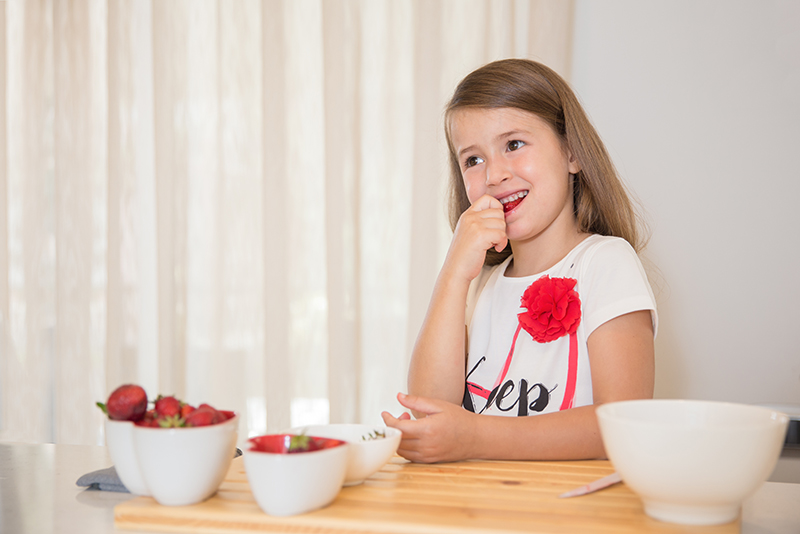Is your child ready to potty train? Are you wondering how to start, when to start and basically what to do?
Weather is getting warmer with the arrival of spring. Actually, spring is the perfect time to try potty training!
Also, we stay inside because of the Coronavirus Pandemic. So, we all #stayhome and it just looks like a perfect time for potty training. Your child will have access to the potty every time she wants because we are not going anywhere. We are not traveling (it is so hard to have a child without a diaper on your trips).
Here you will find some ideas and tips related to this process.
Potty training is not the easiest thing in the world. It is a delicate process that requires the adult’s attention and support towards the child.
The most important thing to remember it’s: DON’T force the child!
We don’t train children to use the toilet, we support them when they are ready.
We need to wait for the child to be ready.
How can you notice that your child is getting ready to start potty training?
Some of the signs that your child is getting ready are:
1) Willingness to use the potty when asked or on their own, even if they sit on it without any results.
If they refuse we don’t push, but we ask consistently.
2) Having longer periods of dryness in the day and waking up from a nap dry. If the diaper is dry for 2-3 hours it means that your child can hold the urine for a longer time.
3) They can talk and express their basic needs. After their first birthday children began to talk, even though one word represents one sentence. So, pee-pee” will be enough to understand the child’s need. With the child getting older the possibility to express her needs gets even bigger.
4) They get excited about wearing underwear and being a big boy/girl.
Prepare your house:
- Have clean underpants in a basket next to the potty.
- Have a stool for your child to reach the sink to wash his hands.
- If he prefers to use the adult’s toilet, make sure you also have a stool and a seat reductor ready.
- Have some toilet paper at your child’s reach next to the potty.
- Many parents like to have several potties all around the house. It’s a good idea to have more than one potty when you decide to remove the nappy. If you have a downstairs toilet, your child might have time to reach the potty but otherwise, don’t worry about having a potty in the middle of the living room. It is only temporary.
If you decide to give a try with your child remember:
- Don’t force the child.
- Wear underwear (let them choose which underwear they want to put on).
- Remind them to use the toilet every 30-45 minutes (in the first week).
Don’t ask:” Do you want to go to the toilet?” – probably the answer will be NO. But you can say instead:” It’s time to use the toilet” or,” I think that now is time to go to the toilet”. If the child says” No, I don’t want to use the toilet now”, then trust him/her and say” Alright, I know that you will ask for help if you need to go to the toilet”.
- Remind them to use the toilet before and after nap time, after lunchtime, before going outside. Create a” schedule”.
- Let them see you or their siblings using the toilet. Avoid using the potty in inappropriate places like the living room or sleeping room. There is a place for that, and that’s the toilet!
- It is okay if they do pee-pee on their trousers, they are still learning! It is okay to have pee-pee accidents! They will dislike being wet and dirty.
- Use diaper only during nap time. Don’t put the diaper during the day (they will get confused!).
- Let them wash their hands and play with water after doing pee-pee (they love to play with water but they will also learn the habit of washing hands after using the toilet)
- Show excitement about them using the the toilet, but don’t get overpriced, they are doing something natural and normal to all humans!

As it’s a process, no one can tell you how long it will take and, please be aware of the miracle 3 days potty training method. It’s unlikely that your child will be learned to go on the toilet in such a short time, or at least not with respect and understanding. It’s a very personal thing and it changes from child to child.
If you want more support regarding the potty training process, ask me about it. Contact me for a chat about toilet learning or anything else!
Error: Contact form not found.



